Key Challenges in Haiti & Our Response
While Haiti features a lovely warm climate and breathtaking mountain ranges, it’s also home to children living in poverty. Those living in impoverished communities face devastating challenges that Compassion is fighting to overcome.
Educational Barriers Keep Kids From Reaching Their Full Potential
In Haiti, only around 10% of schools are public. The remaining 90% are private, and many families can’t afford to pay the required fees. Many children drop out of school because they can’t pay tuition and because they feel pressure to start earning incomes to help care for their families.
Children who can’t go to school struggle to obtain the skills necessary to provide well for themselves later in life, keeping them trapped in poverty.
Our Response: Providing Educational & Vocational Opportunities
Compassion partners with churches in impoverished communities to provide children with access to education. We help parents cover their children’s tuition to ensure they go to school. We also help children access vocational opportunities so they can explore sustainable careers.
With educations, children are empowered to dream of brighter futures beyond poverty, helping them reach their full, God-given potential.
Violence & Unrest Put Children at Risk
Gang violence, political unrest and abuse are challenges that threaten many in Haiti. Violence of any kind places those who are already vulnerable, especially children living in poverty, in serious danger.
Our Response: Prioritizing Child Protection
At Compassion, we take child protection seriously. With the local church, we provide age-appropriate training to all children we serve, teaching them about their rights. We also train our staff and volunteers, ensuring they know how to intervene when they see signs of violence or abuse.
Through the local church, we provide children with activities that keep them away from gangs. Plus, we respond with immediate relief when families are affected by violence in their communities.
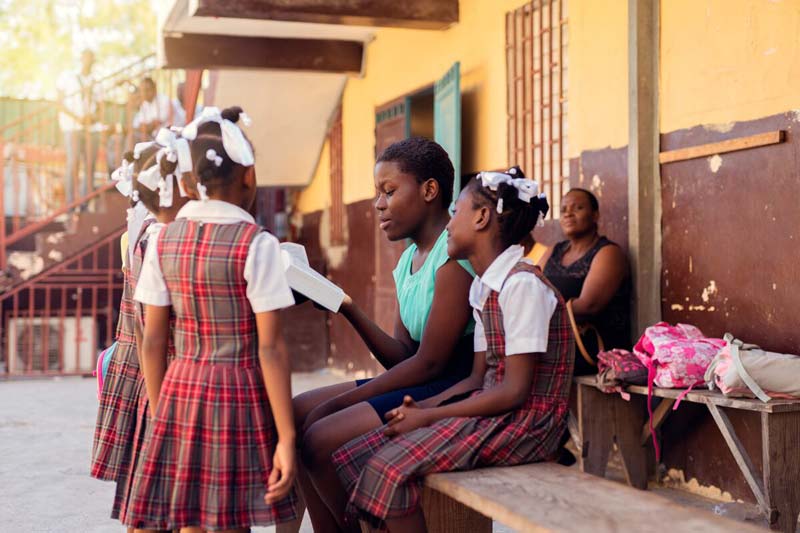
A teenage girl reads the Bible to younger girls.
Caption

A group of children in a rural community smile and hold up glasses of clean water.
Caption

Two girls lean against a wall and smile.
Caption
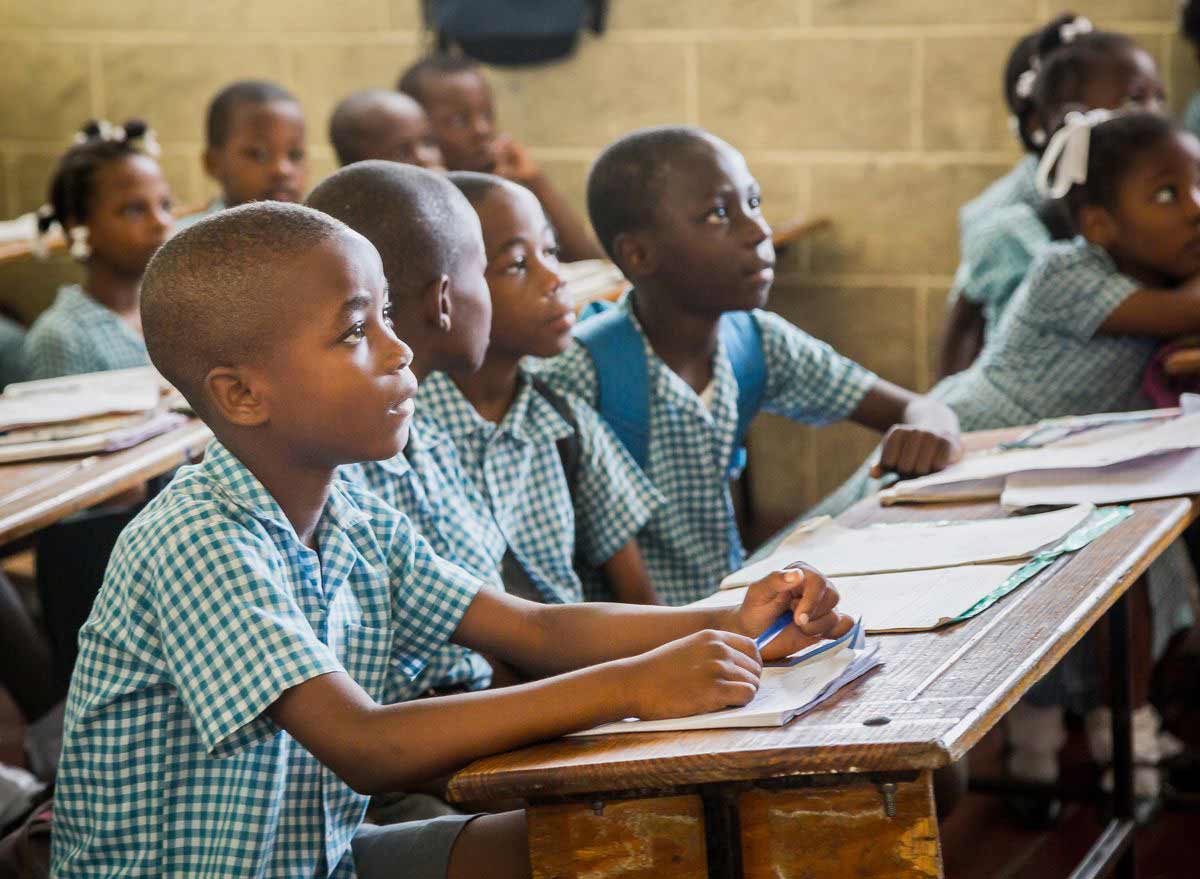
A group of children engage in the classroom activity at their child development center.
Caption
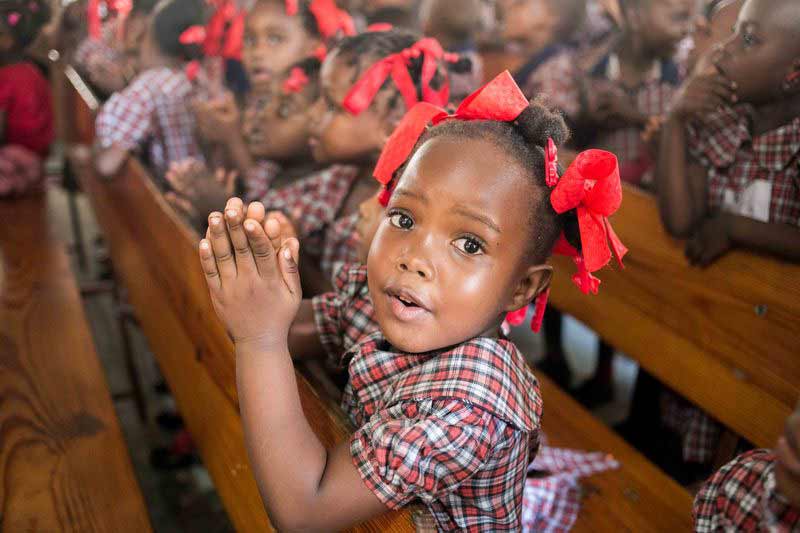
A young girl holds her hands together to pray.
Caption
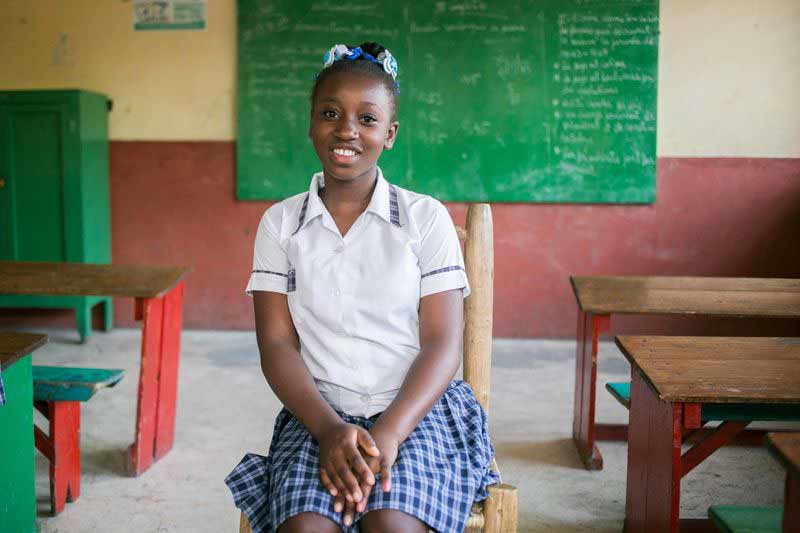
A teenage girl sits happily in her classroom.
Caption

Three teenage boys read together.
Caption
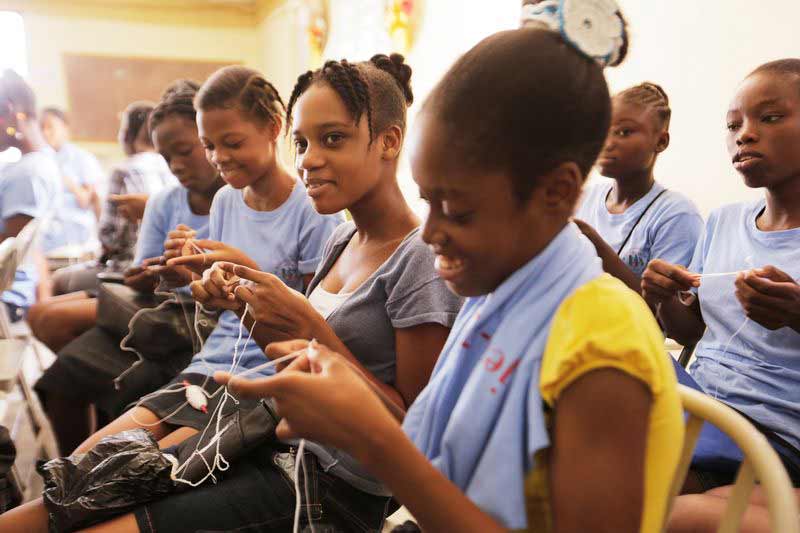
A group of young women learn vocational skills at their child development center.
Caption
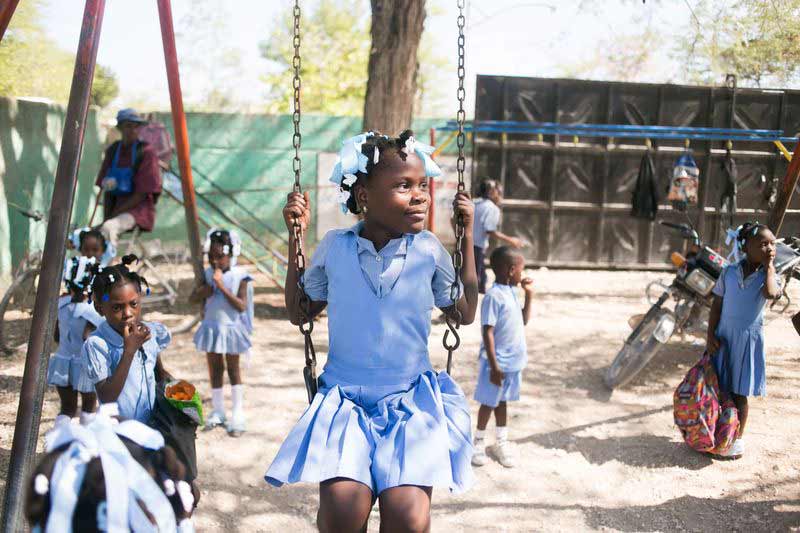
A young girl swings on the playground at her child development center.
Caption